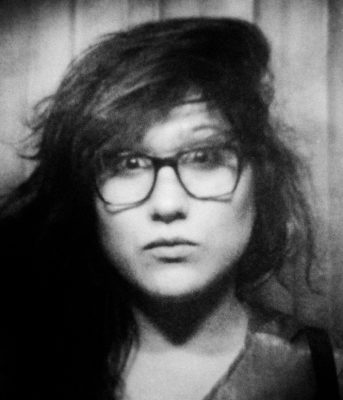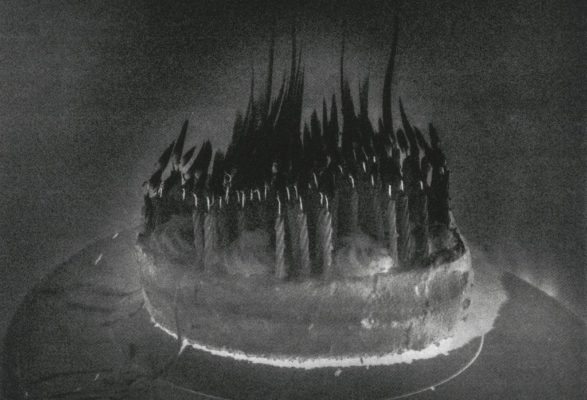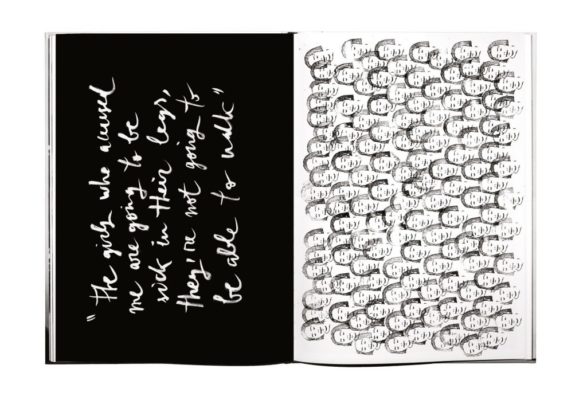Laia Abril
Laia Abril is a multidisciplinary artist working with photography, text, video and sound. After a degree in journalism in Barcelona, she moved to New York. There she decided to focus on telling intimate stories that raise uneasy and hidden realities related to sexuality, eating disorders and gender equality. In 2009 she enrolled in a five-year artist residency at Fabrica, the Benetton Research Center in Treviso, Italy, where she worked as a creative editor and staff photographer at Colors magazine.
Abril’s work has been shown in the United States, Canada, the UK, China, Poland, Germany, Holland, Switzerland, Turkey, Greece, France, Italy and Spain.
Her works are held in private collections and museums such as the Musée de l’Elysée and Fotomuseum Winterthur in Switzerland, and MNAC in Barcelona. Over the years, her work has been acknowledged with grants and award nominations at Magnum Foundation, ICP-Infinity awards Foam Paul Huf, CatchLight, and she was selected for a jury award at Santa Fe Center and Plat(f)orm Fotomuseum Winterthur. More recently, she won the Revelación PhotoEspaña, Visionary Award, Fotopress Grant and Prix de la Photo Madame Figaro for her exhibition at Les Rencontres d’Arles (2016), A History of Misogyny, Chapter One: On Abortion.
Project
On Mass Hysteria
Laia Abril’s work focuses on the fragility of women’s rights and women’s liberation. Here, she addresses hysteria. Identified in ancient times, hysteria, the “queen of neurosis” at the center of 19th century medical controversies is still, today, associated with women. By comparing the phenomenon of mass hysteria recorded in different historical periods, the artist shows us that they reflect the misogynist prejudices of their time.
A History of Misogyny, Laia Abril’s three-part art project, aims to establish a historical dialogue with viewers to reflect on the fragility of women’s rights and freedom.
In 2016, A History of Misogyny, Chapter One: On Abortion was presented at Les Rencontres d’Arles. The exhibition and an accompanying book formed a conceptual map of the consequences of the lack of access to abortion. It dealt with the materiality of collateral damage, the causes and repercussions. The artist used objects, scientific images, photo novels, reconstructions, vernacular images, and other audio and video means to explain each of the stories.
The next chapter, On Mass Hysteria, will focus on the age-old tendency to accuse women of being crazy, possessed or hysterical, and combine it with an analysis of taboos and constructed “mental” and “female” illnesses used to control women. Laia Abril’s artistic approach is based on conceptual visualization of historical events. Her in-depth research in collaboration with experts has given rise to mixed-media work: archive materials, new footage and objects. She will include several mass hysteria events from different eras in history and different types of victims, and compare them with contemporary cases.
Modern science confirms that the majority of those suffering mass hysteria events are female. New research, based on 800 outbreaks dating back to 1566, proves that mass hysteria arises in reaction to circumstances in which women are under extreme stress, feel repressed or forced into situations where they cannot communicate or express their thoughts and emotions.
“Unfortunately, the hysteria stigma is still an issue nowadays. I believe it is urgent to reflect on corrupt practices caused by misconceptions about the female body.”





